QR Codes – Useful, Useless, and When to Use Them
Few advancements encapsulate the marriage of the physical and digital worlds better than the QR code. Quick Response (QR) codes, once a novel marketing tool, are now crucial components in the modern marketing toolkit. However, as captivating as these pixellated squares may seem, their usage isn’t a “fits-all” solution but rather one dictated by the specific objectives of the campaign.
As an experienced digital marketing agency with over 20 years of experience, we have seen a lot of changes in the industry. Trends come and go, and the QR code has gained traction for several years. However, as we notice more and more QR codes appearing online, we thought we would put together a guide on the do’s and don’ts of using the helpful tool in your marketing objectives.
The Pandemic Effect on the QR Code
The COVID-19 pandemic has led to an increased focus on hygiene and contactless interactions. As a result, QR codes have become more relevant than ever. They provide a safe and touch-free way to facilitate various transactions, making them popular in various industries.
For instance, restaurants started using QR codes to eliminate the need for physical menus that multiple patrons could touch. They also allowed patrons to check in as per the rules of the country for the Track and Trace service. Many establishments continued this presence of QR codes, allowing customers to sit at their table, scan a code, access the menu, or even place their order on their device, once again minimising contact. In retail stores, scanning a QR code will provide interactive product information, which helps when promoting business practices and sustainability promises.
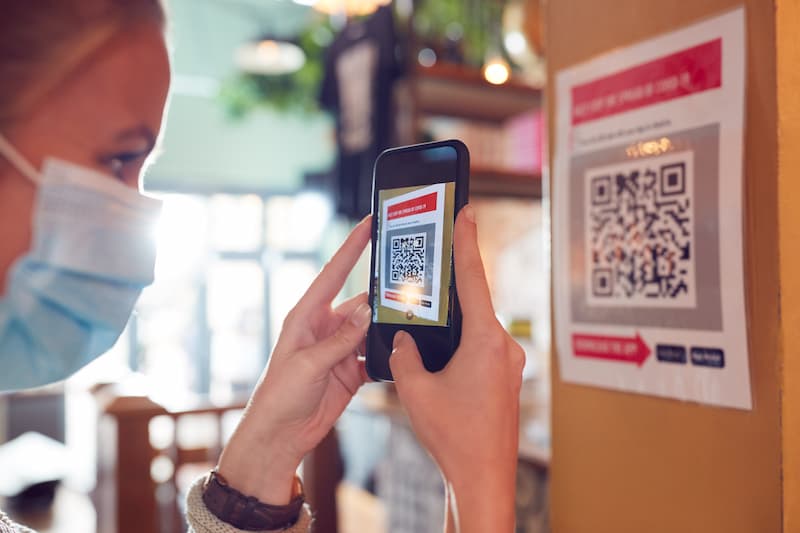
This has not only encouraged a more hygienic and contactless environment but has also made processes more efficient. The pandemic has given QR codes a renewed sense of purpose, transforming them from a tech novelty to a hygienic necessity, and has helped make our world touch-free.
Why Do QR Codes Work in Marketing?
QR codes have a compelling way of attracting audience curiosity. At first glance, they appear to be enigmatic arrays of black and white squares, almost like a piece of abstract art. However, their non-descriptive appearance sparks the curiosity of onlookers, enticing them to uncover the information hidden within.
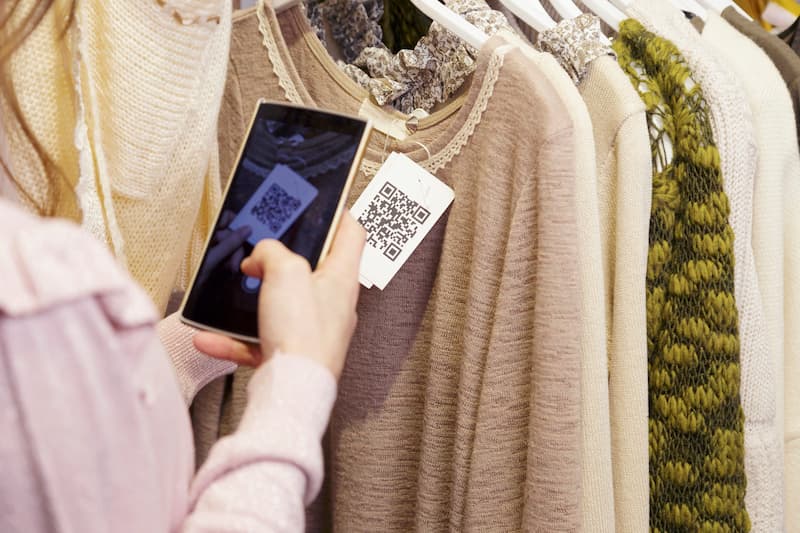
This is a clever application of basic human psychology, playing neatly on our innate desire to resolve the unknown. By leveraging this, QR codes prompt engagement, driving users to scan them and discover the content they conceal. Therefore, it’s not solely their technical capabilities but also this psychological quirk they exploit that makes QR codes a potent marketing tool for boosting audience interaction.
QR Codes in the Marketing Sphere: The Good
QR codes are a bridge between the physical and digital worlds in print media, and as we mentioned above, the QR code is nothing new. In 2012, we saw these features across a variety of print and marketing. Surprisingly, people aged between 35 and 44 years accounted for over one-fourth of the scanners. So, assuming that QR codes may not appeal to your demographic could be wrong. They are highly versatile, and most generations can benefit from using them to access information quickly. With just a quick scan, users can go from physical to digital within seconds, immersing themselves in a highly interactive environment.
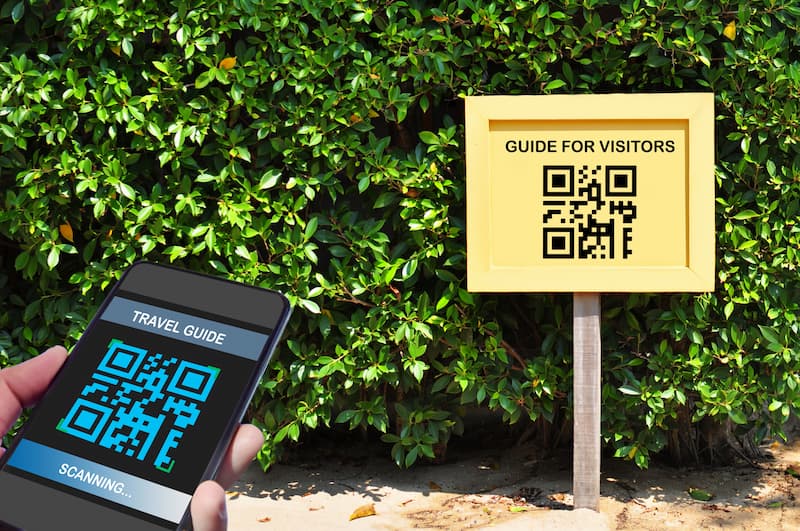
If you’re handing out flyers about an upcoming event, you can make it easier for people to find more information by adding a QR code that takes them to your website. Here, they can participate in additional interactivity like RSVP or make ticket purchases. Similarly, if you’re publishing a print ad for a new product, you can use a QR code to make it easy for potential customers to access product videos, customer testimonials, and online ordering systems. By integrating QR codes into your print marketing, you can take advantage of the benefits of digital marketing in your real-life marketing efforts.
The Digital Dilemma: When QR Codes Don’t Make Sense
Although QR codes can be useful in certain areas, they may not always be the most practical choice in digital marketing. In some cases, clickable links can provide a more seamless interaction since users don’t have to scan a code and switch to a different digital platform. This is where having a good SEO strategy will make a real difference.
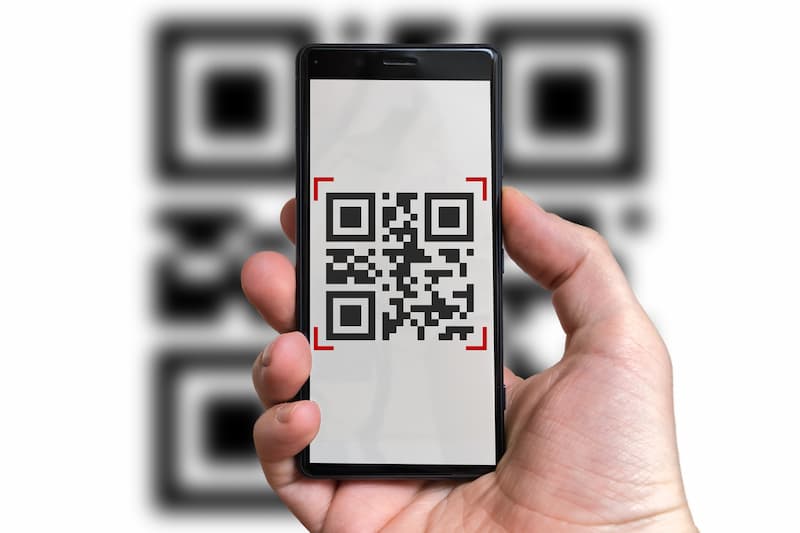
A majority, about 60%, of online users are accessing the internet through their mobile devices. Implementing a QR code on your website may not be the most effective way to help them navigate your page. Even for desktop users, having to use their mobile device to connect to your website can be inconvenient. The only time it can be convenient is when you are making the sharing of information much easier between devices. For example, streaming services use them to make the login process easier for users.
It’s important to prioritise the user experience in your digital marketing efforts, and methods such as QR codes may negatively impact the UX of your platform if used incorrectly. As an SEO agency, we have several strategies to ensure a user-friendly experience and help you achieve your E-E-A-T goals, which are highly valued by search engines.
The Hidden Gem: QR Codes for Television and Video Content
While the interference of QR codes in general digital marketing may rank low on user-friendly experiences, it is essential to highlight the usefulness of these codes in television and video media. Video content is consumed on screens that may not have the same level of interactivity as a computer or a smartphone. For example, YouTube is often accessed through TVs and other less mobile devices.
Although they are accessing the digital atmosphere, having a QR code on your YouTube adverts can help them gain quick access to your online platforms without the need to mentally bookmark the details or clumsily type out a website’s address in the limited amount of time the ad may have. A QR code on the bottom corner of the video would allow you to take out your smartphone, scan the code, and instantly have the product’s website at your fingertips. This seamless integration from your television to your mobile phone amplifies the odds of consumer action, making it a marketing strategy you’ll want to tap into.
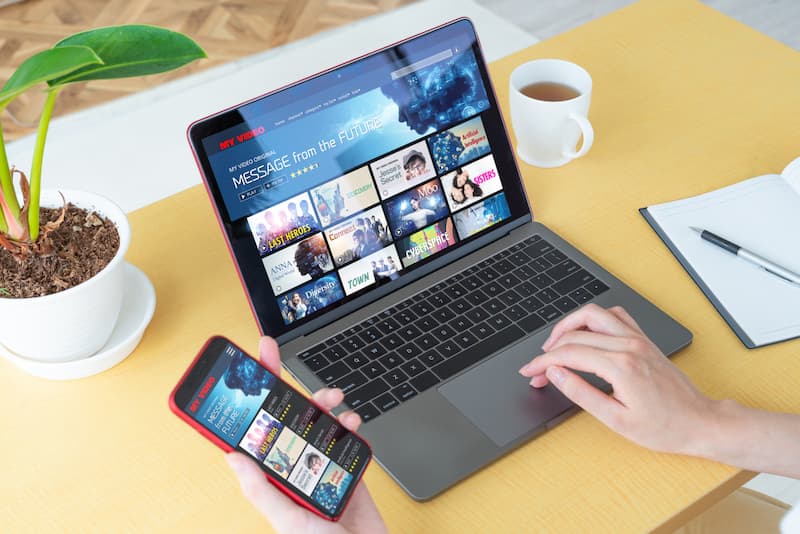
However, if you plan to use the same content for YouTube and TikTok, you’ll need to remove the QR code to prevent it from disrupting your UX on various platforms. Essentially, if your content is optimised for mobile, it should not showcase a QR code.
Get Your QR Usage Right
If you’re still unsure how to make the most of this popular tool in your marketing strategies, here are a few examples of what to do and what not to do.
Good Applications of QR Codes
- Ticketing & Events: QR codes greatly simplify the process of ticket verification at events, concerts, and conferences. Each unique QR code can be scanned to validate tickets, reducing paper usage and the time taken at entries.
- Print Advertisements: Implementing QR codes in print media can transport users directly to your online platform for additional information or special promotions.
- Restaurants & Cafes: QR codes have revolutionised dining experiences, giving customers the opportunity to view menus, place orders, or even make payments – all contactless.
- Product Packaging: On product packaging, QR codes can be used to provide additional details, user guides, or promotional content. They can significantly enhance the consumer’s understanding of the product.
- Real Estate Signage: QR codes on real estate signage can direct potential buyers to comprehensive information online, including virtual home tours, surrounding property sounds and creating a richer experience for potential buyers.
Poor Applications of QR Codes
- Emails & Websites: Including a QR code in an email or on a website is redundant – embedded links work better and are more user-friendly, given that the user is already browsing on a device.
- Billboards and Large Hoardings: Using QR codes on high billboards or hoardings that are inaccessible or far from the reach of users would be impractical.
- TV Commercials: While QR codes are useful for some TV content (such as YouTube videos on a Smart TV), they’re not ideal for fast-paced commercials where the code may not be on screen long enough for viewers to scan properly.
- On Moving Vehicles: It is not safe or practical to place QR codes on moving objects like cars, buses, or trains for promotional purposes since it can be dangerous for users to try and scan the codes.
- In Locations With Poor Internet Connectivity: Since scanning a QR code typically requires an active internet connection to complete the transaction, using them in locations with poor or no connectivity can result in a poor user experience.
Crafting an impactful online strategy is fundamentally about possessing the right knowledge and discerning when to apply it appropriately. We understand that although you can throw all your resources into every method, having a carefully curated strategy is a much more effective option. When it comes to your digital marketing, we will help you achieve this. So whether you’re seeing QR codes appear in your social media or struggling to find the right avenues to invest your time in, speak to our experts today and give your online presence the attention it needs.
